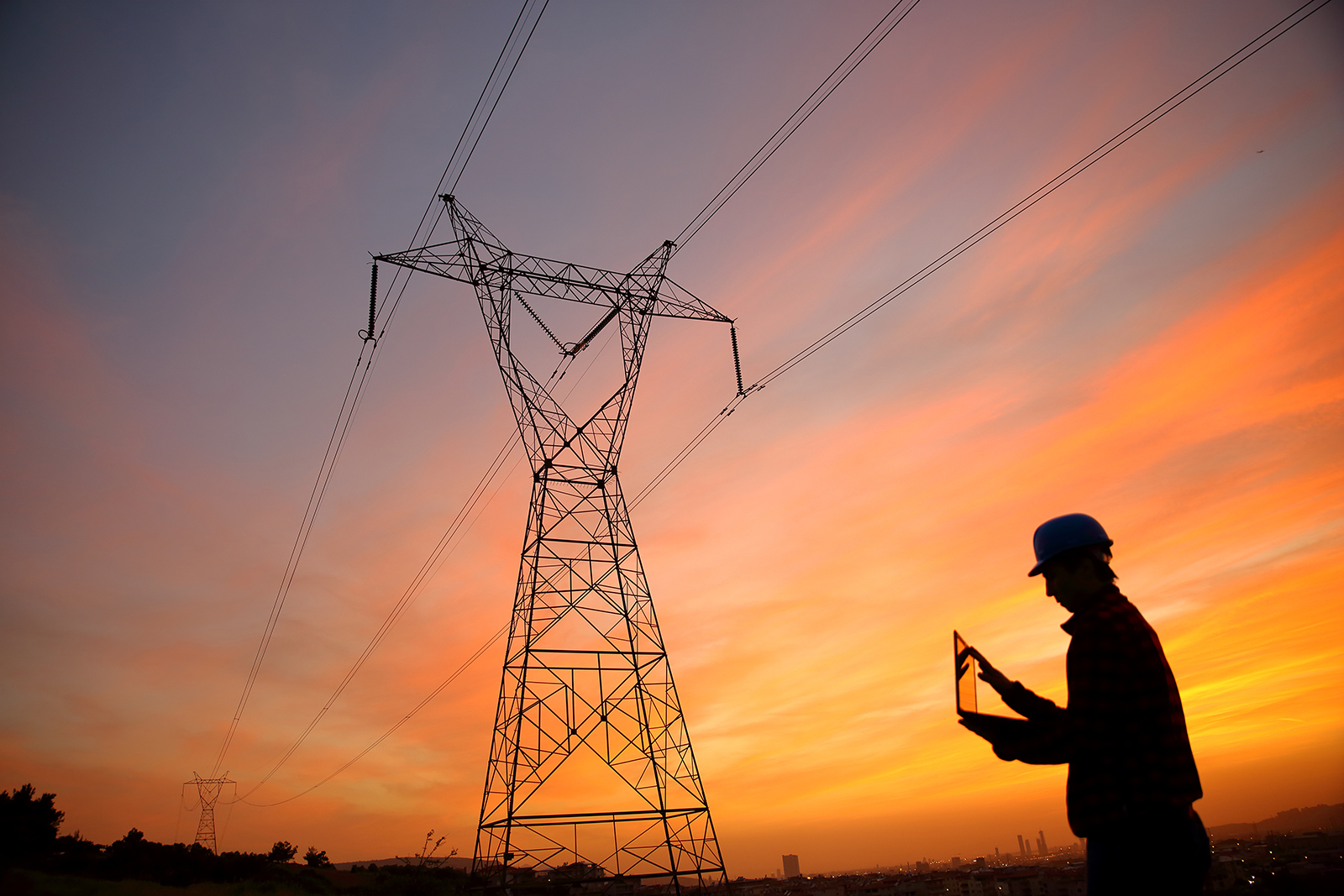AEMO has today released the draft Marginal Loss Factors (MLFs) that will apply for electricity generation and loads connected to the National Electricity Market.
AEMO has today released the draft Marginal Loss Factors (MLFs) that will apply for electricity generation and loads connected to the National Electricity Market.
MLFs represent the loss of electricity as it flows through the transmission network, due to resistive heating of transmission lines. MLFs are calculated and fixed annually to facilitate efficient market scheduling and settlement processes in the NEM.
“Energy losses on the electricity network must be factored in at all stages of electricity production and transport to ensure the lowest cost supply of electricity to consumers. In practice, generators that have higher losses are paid less than generators that have lower losses,” said AEMO’s Chief Operations Officer Damien Sanford.
“The NEM is transforming, driven by new technology and a changing generation mix, newly formed supply hubs, leading to large year-on-year changes in MLFs. In many locations, MLFs have fallen by large margins, which in turn have material financial implications for existing and intending market participants,” said Mr Sanford.
“AEMO has been working with industry to explore opportunities to minimise impacts of current rules, will look at immediate interim changes that can be applied, whilst working with Australian Energy Market Commission (AEMC) on longer term solutions,” said Mr Sanford.
AEMO continues to support the work program currently being progressed by the AEMC that will consider the current extent to which losses in the NEM are changing, and what measures may be introduced to make these changes more manageable for generators. This will include consideration of two rule change requests from Adani Renewables, dealing with issues related to the existing MLF framework in the NER and how this might be improved.
In the longer term, the AEMC is progressing a work program to examine how generation and transmission investment may be more effectively coordinated, including how generators gain access to the transmission network. This longer-term work program will consider issues related to losses with a more holistic view.
“The large year-on-year changes in MLFs demonstrate the ongoing need for comprehensive planning of both generation and transmission to minimise costs to consumers. All-of-system planning documents, such as the 2018 Integrated System Plan (ISP), are critical in the provision of information to participants regarding the needs and changes to the power system,” said Mr Sanford.
AEMO is required to publish the final MLFs that will apply for the 2019/20 financial year on 1 April 2019.







